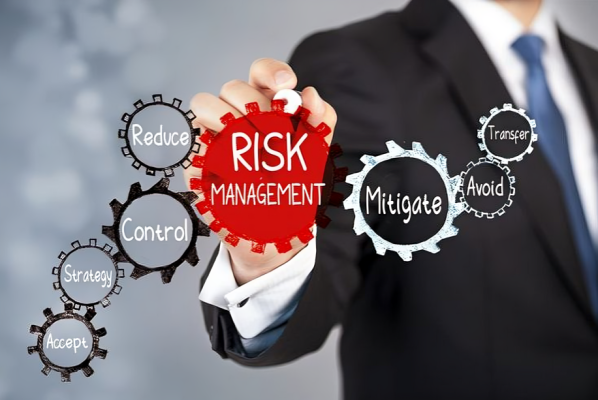
Businesses today have risk, and it stays constant amid economic changes. Firms that do well are those that set up solid frameworks to deal with uncertainties before they happen. The image above highlights several main strategies that businesses can put in place to guarantee continuity, steady operation and sustainable progress.
What is Risk Management?
Identifying, reviewing and managing risks to a company’s money and profits is called risk management. Some of these risks develop because of concerns about money, legal lawsuits, mismanagement, accidents or natural disasters.
Key Components of Risk Management
The gears in the image symbolize interconnected strategies that drive effective risk management:
Integrating Risk Management into Business Strategy
Effective risk management must be embedded into the strategic planning process. This requires:
Best Topic Focus: “The Role of Risk Management in Business Growth”
Even though risk management is usually linked to safety and rules, it helps businesses expand as well. Organizations that manage risks well can achieve certain outcomes.
Conclusion
Having a plan for risk management is not only about defense; it also helps in making strategies. With acceptance, control, reduction, mitigation, transfer and avoidance, uncertainty can be changed into opportunity for businesses. Being well prepared for risks can decide whether a business is successful or unsuccessful, as the world today values quickness and resilience.
+971 4 55 79 865 | +971 5 82 93 3367
info@jobsglobalhr.com
Business Village Building, Block-B, 7th Floor, Office No. 734, Port Saeed Deira, Dubai, United Arab Emirates
Copyright © 2025 Job Global HR Consultancy – All Rights Reserved.
